Connecting...

This is a quick preview of the lesson. For full access, please Log In or Sign up.
For more information, please see full course syllabus of Algebra 1
For more information, please see full course syllabus of Algebra 1
Algebra 1 Slope & Graphing
Lecture Description
In this lesson we'll learn about the slopes of lines, and how to use them to get a graph. Specifically, we'll see how we can determine the slope of a line if we are given a couple of points, or if we are given the entire graph of the line. Once we know more about slope we will be able to learn how to graph the line using its slope and its y-intercept. This is one of the forms of the equation of a line, but there are also other forms and we'll learn how to switch between them. We’ll also see that there are some special lines that have special slopes.
Bookmark & Share
Embed
Share this knowledge with your friends!
Copy & Paste this embed code into your website’s HTML
Please ensure that your website editor is in text mode when you paste the code.(In Wordpress, the mode button is on the top right corner.)
×
Since this lesson is not free, only the preview will appear on your website.
- - Allow users to view the embedded video in full-size.
Next Lecture
Previous Lecture









































 Carleen Eaton
Carleen Eaton Grant Fraser
Grant Fraser Eric Smith
Eric Smith
 Answer Engine
Answer Engine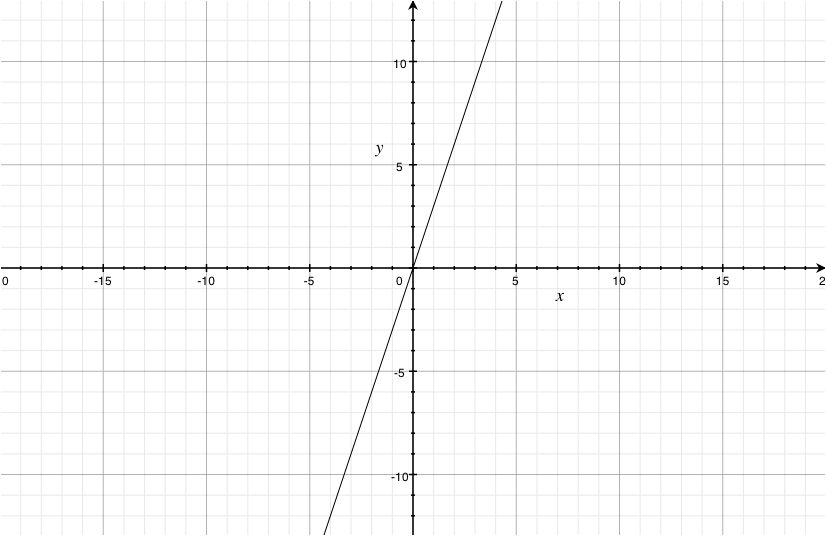
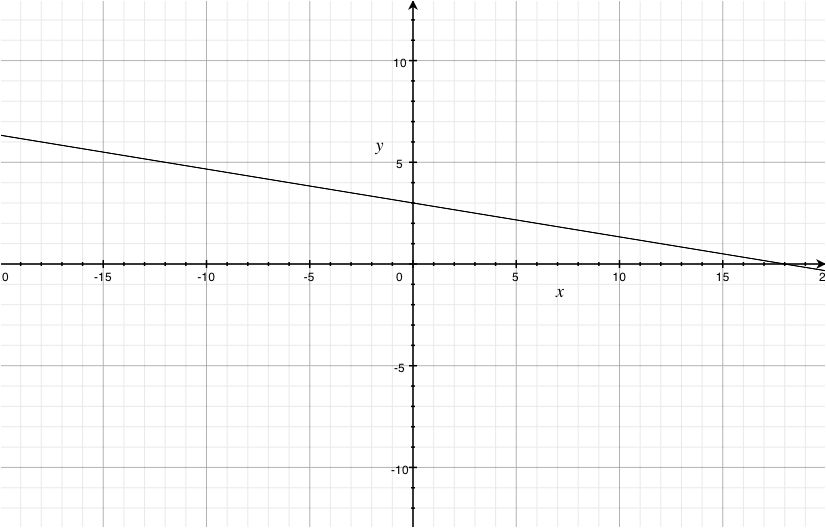
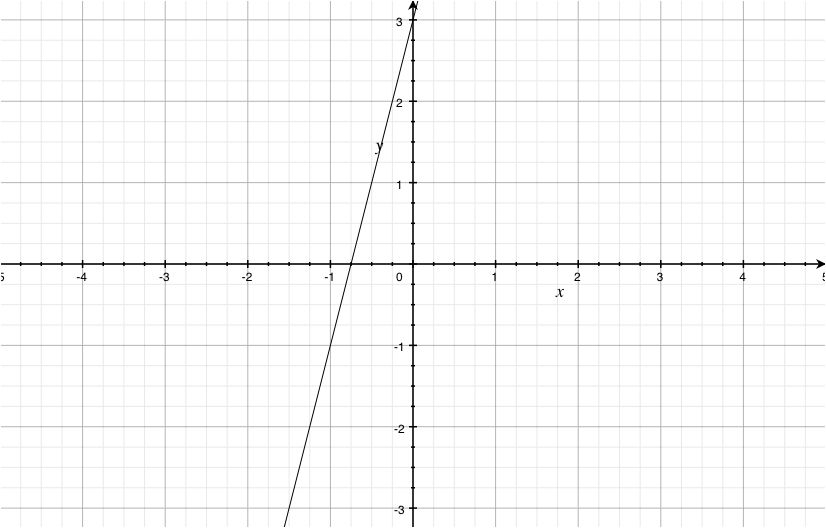
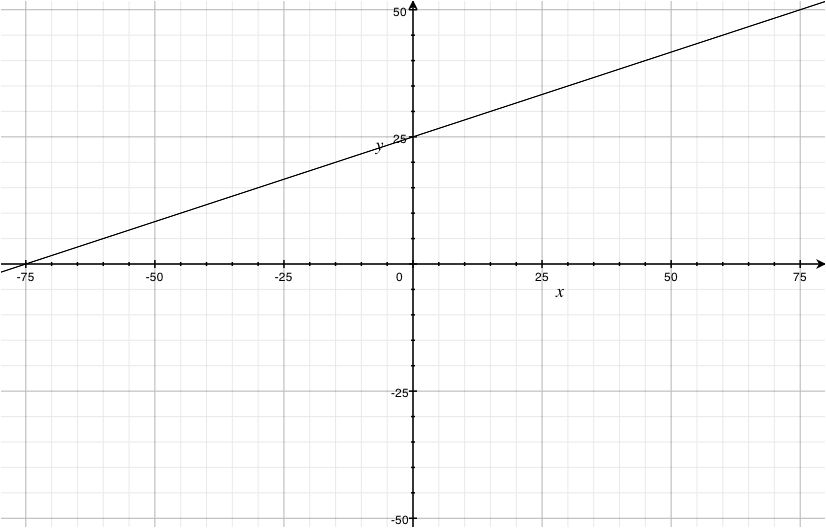
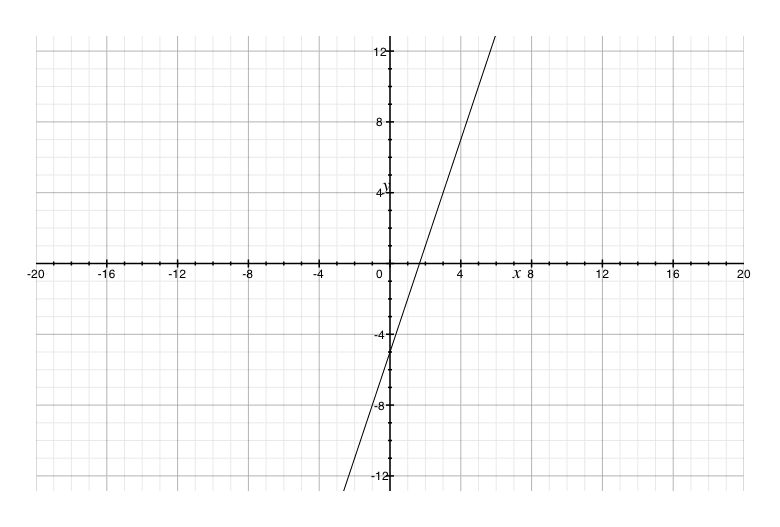




1 answer
Sat Aug 3, 2019 6:01 PM
Post by Eva Wu on August 3, 2019
Hey eric, All Line tilted 45 Degrees always have a slope of 1 or -1 (depending on which direction the line points toward)
1 answer
Tue Feb 14, 2017 3:02 PM
Post by Kapil Patel on February 14, 2017
using the given conditions to write an equation for the line in point slope form and slope-intercept form passing through (-4,13)and (1,-2)
2 answers
Last reply by: Alan Roy
Sat Mar 21, 2020 2:42 PM
Post by Kevin Zhang on July 17, 2016
Professor eric,
On example 8, you said that the x value will always be 2, i think you meant -2.
Otherwise great lesson!
1 answer
Fri Aug 26, 2016 6:57 PM
Post by Kevin Zhang on July 17, 2016
Professor Eric,
I think on the slide about standard form, you wrote in positive but inteded to write is positive.
Otherwise, I love your lessons!
Thanks
1 answer
Mon Mar 2, 2015 8:14 PM
Post by Arvind Ganesh on March 2, 2015
Nice Lecture Sir! It helped me study for my test! AND I GOT 100!!! Thank you so much!
1 answer
Sat Jan 3, 2015 9:06 PM
Post by Ardeshir Badr on January 3, 2015
if x value has more than one possible y, we no longer have a function - am I wrong?
1 answer
Mon Jun 16, 2014 3:12 PM
Post by patrick guerin on June 13, 2014
Oh, I see. When I reviewed the lesson, I found that you said that the x term is the only one that can't be negative. Thanks again for the video!
2 answers
Wed Jan 6, 2016 1:47 PM
Post by patrick guerin on June 13, 2014
On example 6 I got a little confused. I thought that you said there couldn't be a negative on standard form, but you ended up with a negative 6. Why is that okay?